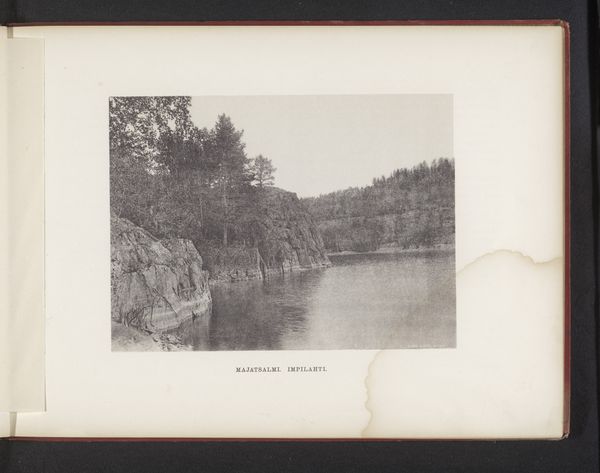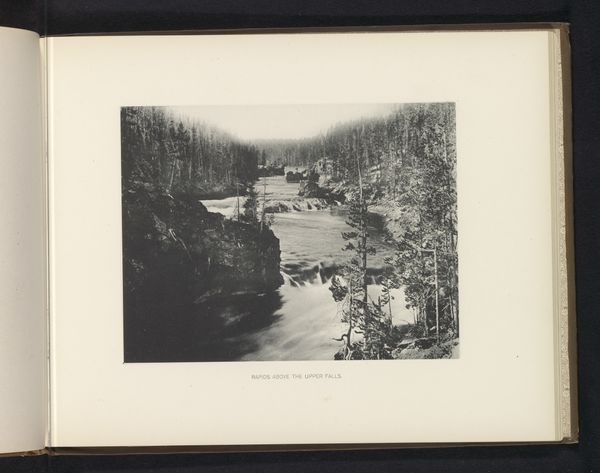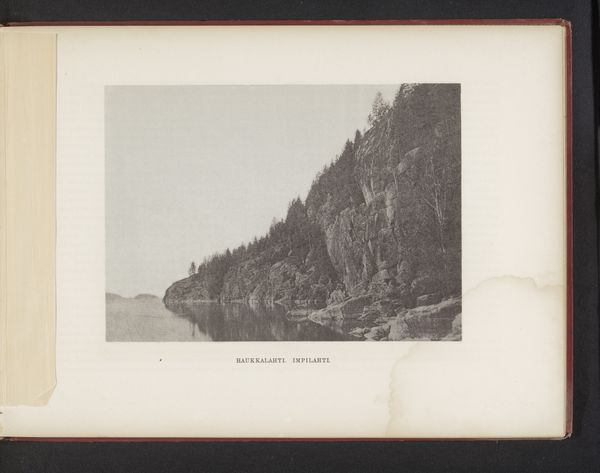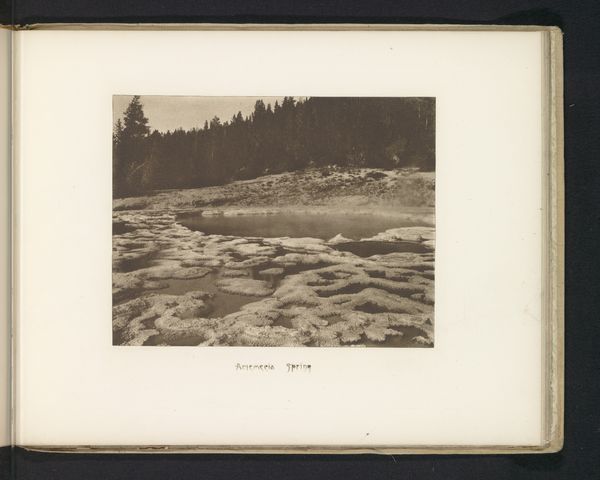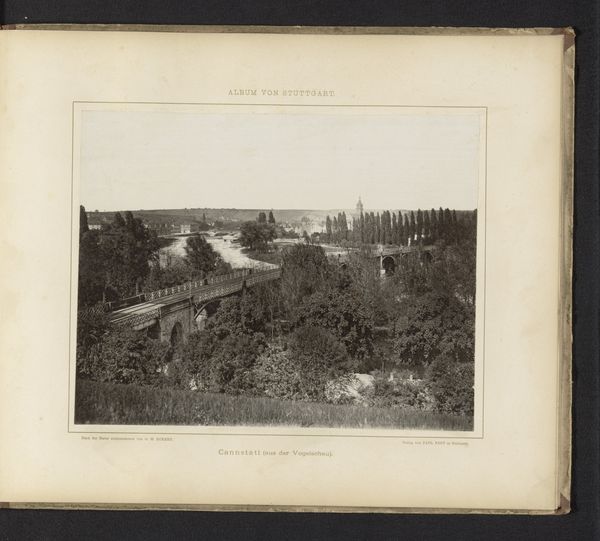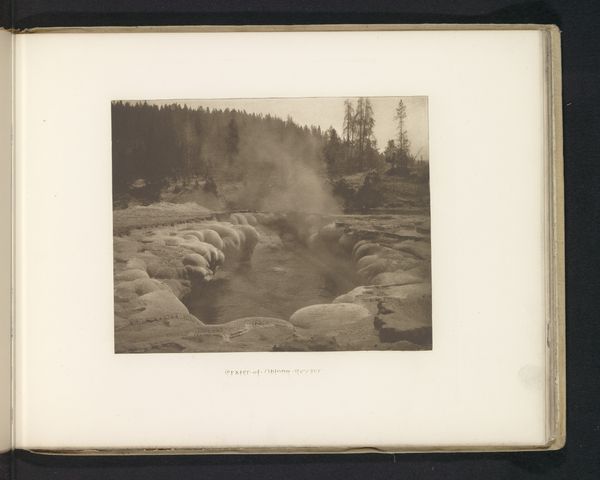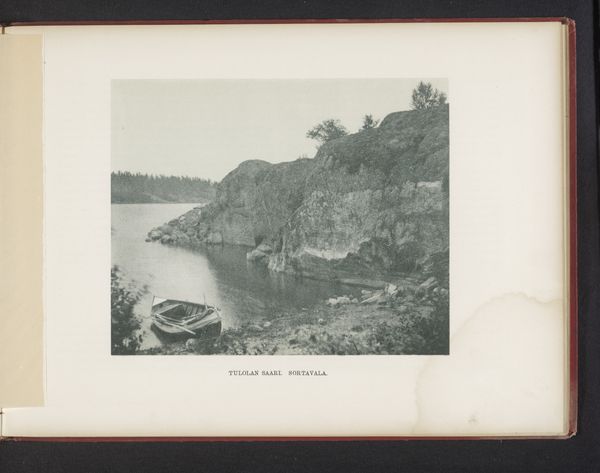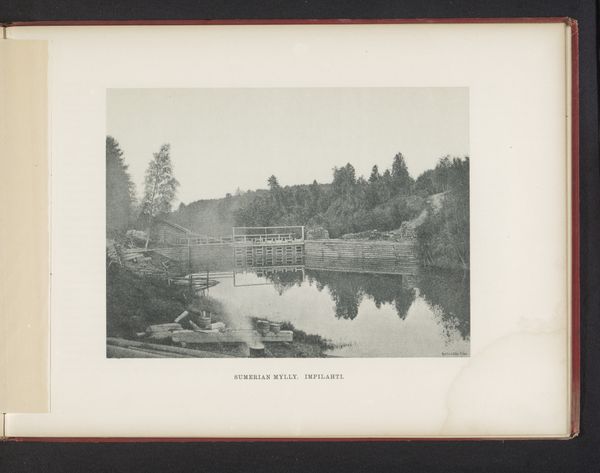
photography, gelatin-silver-print
#
still-life-photography
#
pictorialism
#
landscape
#
river
#
photography
#
rock
#
gelatin-silver-print
#
watercolour illustration
#
watercolor
Dimensions: height 157 mm, width 221 mm
Copyright: Rijks Museum: Open Domain
Curator: Looking at "View of Rocks and Rapids in a River," a gelatin silver print created circa 1888-1893, one is struck by its romantic sensibility. Editor: There's a quiet force in this landscape, an echo of the raw power of nature held within the photographic frame. I’m curious about the social forces and power dynamics shaping representations of untouched wilderness. Curator: This piece resonates with the Pictorialism movement. This was a period where photographers aimed to have their work considered fine art alongside painting, which directly challenged the established art institutions. Editor: Right. It also brings up questions about whose land this is. Was this river landscape already impacted by industrialization or colonialism? It looks serene on the surface, but where are the Indigenous stories embedded in this land? Curator: Well, the absence of any immediate markers of human alteration, or even figures, amplifies the sense of sublime vastness so central to the art of the period. Editor: But the "sublime" is so often a product of privileged perspectives. While a middle class viewer might admire the beauty, were marginalized communities being displaced? That history isn't in the image, but it's important to ask about its absence. Curator: These are crucial questions. The act of photographing a place also, to some degree, transforms it into a cultural commodity, available for mass consumption, reshaped by an imperialist drive that sought to capture all it came into contact with. Editor: Yes! Seeing landscape as extractable resources for pleasure and profit has contributed to environmental devastation. What are our responsibilities in the face of landscapes used in photography that promotes consumerist perspectives, that do not promote any type of land stewardship? Curator: This print, in its creation and continued display in museums, opens up the door for the viewer to connect the piece’s visual context, or lack of, with political agency and power dynamics of our present-day life. Editor: I leave wondering how we can foster new relationships of reciprocity, sustainability, and community resurgence in spaces affected by industrial and environmental challenges.
Comments
No comments
Be the first to comment and join the conversation on the ultimate creative platform.

